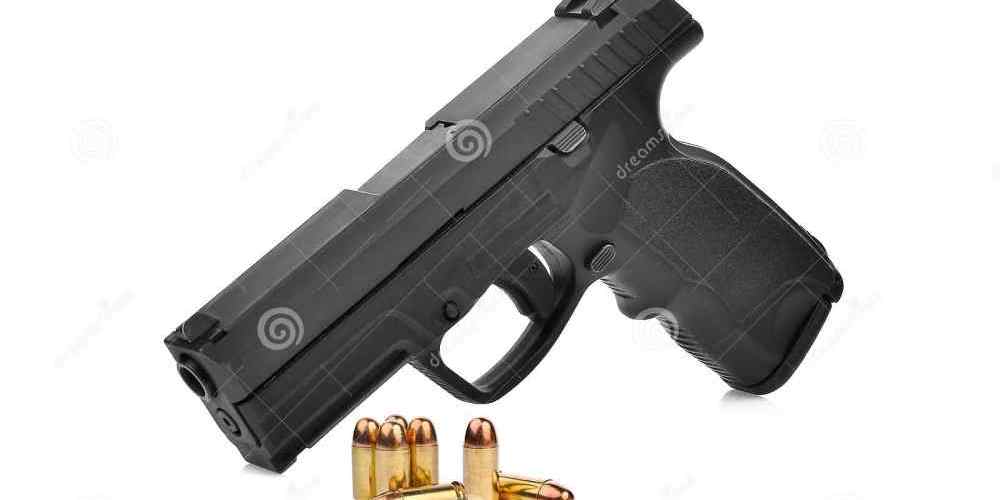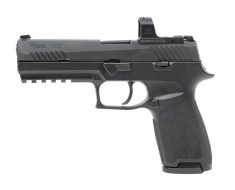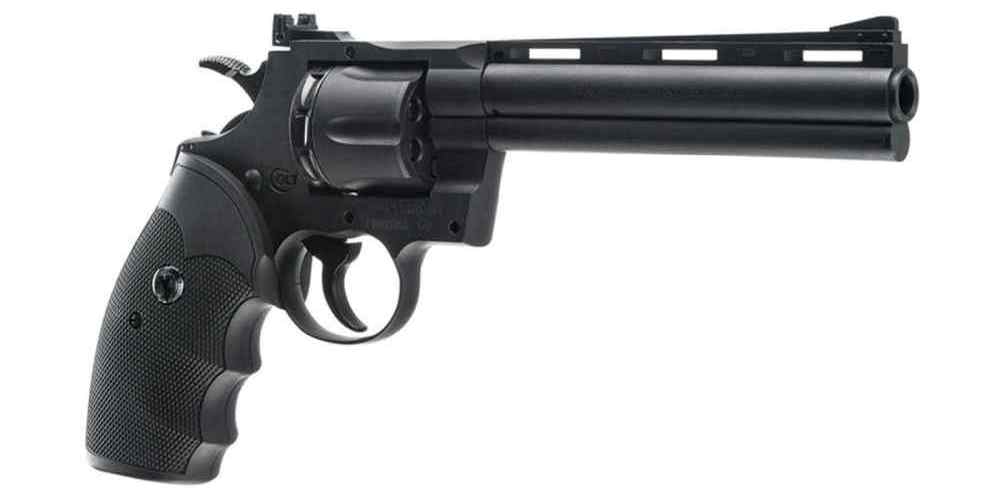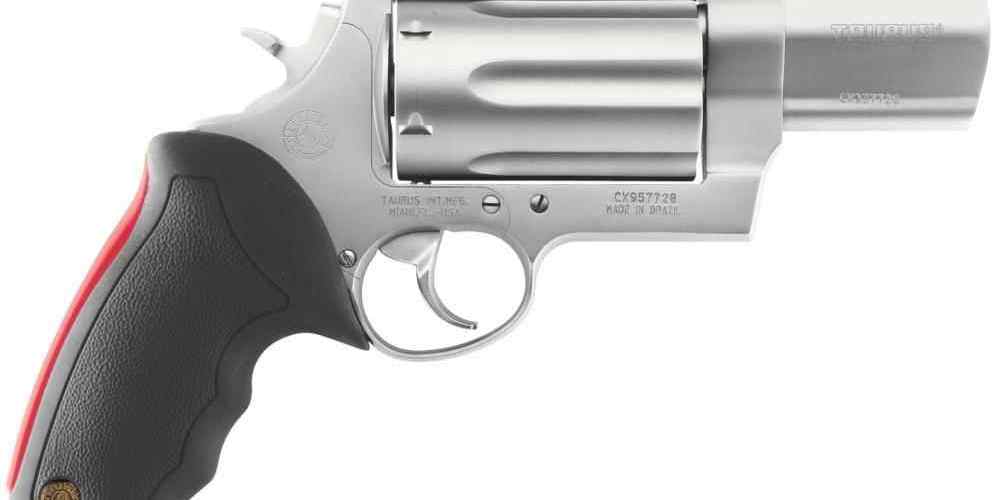“Steel vs. Polymer Frames: Durability Meets Innovation in the Handgun Debate”
Pros and Cons of Steel Frame Handguns for Personal Defense
Steel vs. Polymer Frames: Weighing the Options for Handgun Users
When it comes to selecting a handgun for personal defense, the debate between steel and polymer frames is a heated one. Each material offers distinct advantages and drawbacks, and understanding these can help shooters make an informed decision that aligns with their needs and preferences. Steel frame handguns are renowned for their durability and longevity. The robust nature of steel lends itself to a high level of structural integrity, which means these firearms can withstand significant wear and tear. This resilience is particularly beneficial for those who anticipate heavy use or for handguns that might be passed down as heirlooms. Moreover, the weight of steel frames contributes to their shooting characteristics. The added mass helps absorb recoil, making for a more stable shooting platform and potentially improving accuracy for some shooters. This can be especially advantageous for beginners who are still mastering recoil management. However, the heft of steel is a double-edged sword. While it aids in recoil absorption, it also makes the firearm heavier to carry. For individuals who carry their handguns daily, particularly concealed carry users, the additional weight can lead to discomfort or fatigue over extended periods. This is an important consideration for personal defense, as a handgun that is burdensome to carry is less likely to be on hand when needed. Another aspect to consider is the maintenance of steel frame handguns. Steel is susceptible to corrosion if not properly cared for, which means owners must be diligent in their maintenance routines. Regular cleaning and oiling are essential to prevent rust and ensure the firearm functions reliably. This maintenance requirement may not be ideal for those who prefer a more ‘grab-and-go’ approach to their personal defense firearms. In contrast, polymer frames, which will be discussed in more detail in a subsequent section, offer a lightweight alternative that has gained immense popularity in recent years. However, it’s important to note that the lighter weight can increase perceived recoil, which might be a drawback for some users. The aesthetics of steel frame handguns also play a role in their appeal. Many shooters appreciate the classic look and feel of steel, which is often associated with traditional craftsmanship. The visual and tactile experience of handling a steel frame handgun can enhance the overall shooting experience for enthusiasts who value the heritage and artistry of firearms. When it comes to customization, steel frames offer a solid foundation for modifications. The material can be machined with precision, allowing for the addition of custom features or enhancements. Shooters who enjoy personalizing their firearms may find steel frames to be an excellent canvas for their creativity. Ultimately, the choice between steel and polymer frames for personal defense handguns comes down to a balance of preferences and priorities. Steel frame handguns offer the benefits of durability, recoil management, and aesthetic appeal, but they require a commitment to maintenance and a tolerance for increased weight. As handgun users weigh their options, they must consider how these factors align with their personal defense needs and lifestyle. The decision is not one-size-fits-all, and by carefully evaluating the pros and cons, shooters can select a firearm that provides confidence and reliability when it matters most.
Polymer Frame Pistols: Advantages for Everyday Carry
Steel vs. Polymer Frames: Weighing the Options for Handgun Users
When it comes to selecting a handgun, one of the primary considerations is the material of the frame. Traditionally, steel has been the go-to choice for its durability and reliability. However, in recent years, polymer frames have surged in popularity, particularly for everyday carry (EDC) purposes. As we delve into the world of polymer frame pistols, it’s essential to understand the advantages they offer and why they might be the preferred choice for many handgun users. Polymer, a high-strength plastic, has revolutionized the firearm industry since its introduction. The most notable advantage of polymer frames is their weight. Polymer pistols are significantly lighter than their steel counterparts, which is a critical factor for those who carry a handgun daily. The reduced weight lessens the burden on the user, making it more comfortable to carry the firearm for extended periods without fatigue. This is especially beneficial for concealed carry, where the handgun must be unobtrusive and not weigh down the carrier. Moreover, polymer frames are not susceptible to corrosion in the same way that steel is. While steel can rust and corrode when exposed to moisture and harsh environments, polymer is inherently resistant to such elements. This characteristic makes polymer frame pistols an excellent choice for users who live in humid climates or those who may expose their firearms to sweat or rain regularly. The maintenance required to keep a polymer frame in good condition is minimal compared to the meticulous care needed to prevent a steel frame from rusting. Another aspect where polymer frames shine is in their ability to absorb recoil. The flex of the polymer material can help to dissipate the energy generated when the gun is fired, resulting in a perceived reduction in recoil. This can lead to better control of the firearm and more accurate follow-up shots, which is invaluable in a self-defense situation. For novice shooters or those with smaller frames, this can make shooting more comfortable and less intimidating. Customization is yet another area where polymer frames have an edge. Many polymer pistols come with interchangeable backstraps or grip panels, allowing the user to adjust the grip size to fit their hand perfectly. This level of customization is not as easily achieved with steel-frame handguns, which often require additional grip sleeves or professional modifications to alter the grip size. Despite these advantages, it’s important to acknowledge that polymer frames are not without their critics. Some purists argue that the balance and heft of a steel frame provide a more stable shooting platform. Additionally, steel frames can typically handle higher chamber pressures and are often preferred for larger caliber handguns where durability is paramount. Nevertheless, for everyday carry, the benefits of polymer frame pistols are hard to overlook. Their lightweight nature, resistance to corrosion, recoil management, and customization options make them an attractive choice for a wide range of users. As technology continues to advance, we can expect to see further improvements in polymer materials, potentially widening the gap between polymer and steel frame preferences. In conclusion, when weighing the options between steel and polymer frames for handguns, it’s clear that polymer frames offer several practical advantages for everyday carry. While the choice ultimately comes down to personal preference and specific use cases, the trend towards polymer frames is a testament to their growing reputation for comfort, durability, and overall performance in the field of personal defense firearms.
Durability Showdown: Steel vs. Polymer Handgun Frames
When it comes to choosing a handgun, one of the most critical decisions a shooter must make is selecting the right frame material. In the world of firearms, steel and polymer frames stand out as the two predominant choices, each with its own set of advantages and considerations. As we delve into the durability showdown between steel and polymer handgun frames, it’s essential to weigh the options carefully to determine which material best suits the user’s needs. Steel frames have been the traditional choice for many years, revered for their robustness and longevity. The inherent strength of steel lends itself to a high level of durability, which is a crucial factor for a handgun that may be subjected to rigorous use. Steel’s resistance to wear and tear means that a well-maintained steel-framed handgun can last for several generations, often becoming a treasured heirloom. Moreover, steel’s ability to absorb recoil makes for a steadier shooting experience, which can be particularly beneficial for those who spend long hours at the range. However, steel’s impressive durability comes with a trade-off. The material’s density contributes to a heavier firearm, which can be a significant consideration for users who carry their handguns for extended periods. The added weight, while providing stability during shooting, can lead to fatigue and may not be ideal for every shooter’s needs, especially in situations where agility and quick maneuverability are paramount. On the other side of the spectrum, polymer frames have surged in popularity, especially in the last few decades. The advent of advanced polymers has revolutionized the handgun market, offering a lightweight alternative to the traditional steel frame. Polymer, a high-strength plastic, is not only lighter but also highly resistant to corrosion, making it an excellent choice for users who operate in various environmental conditions. The reduced weight of polymer-framed handguns enhances portability and ease of carry, a feature that has made them a favorite among law enforcement and concealed carry advocates. Despite its lighter weight, polymer is remarkably durable. It flexes under stress rather than cracking or bending, which allows it to withstand significant impact without permanent deformation. This elasticity also contributes to a degree of shock absorption, reducing the felt recoil when firing the weapon. However, it’s worth noting that while polymer is tough, it may not have the same lifespan as steel when subjected to extreme conditions or heavy, continuous use. Over time, exposure to harsh chemicals, extreme temperatures, or UV light can potentially degrade the material, although this process typically takes many years. In the end, the choice between steel and polymer frames is not a matter of which material is superior overall, but rather which is more suitable for the individual user’s requirements. For those who prioritize durability above all else and don’t mind a heavier firearm, steel is a time-tested option that won’t disappoint. Conversely, for users seeking a lighter, more corrosion-resistant frame that still offers a high degree of durability, polymer may be the ideal choice. Ultimately, both steel and polymer frames have proven themselves on the firing range and in the field. The decision rests on personal preferences, the intended use of the handgun, and the specific performance characteristics that the shooter values most. Whether one opts for the classic resilience of steel or the modern innovation of polymer, understanding the nuances of each material’s durability is key to making an informed choice that will serve the user well for years to come.
The Evolution of Handgun Frame Materials: From Steel to Polymer
Steel vs. Polymer Frames: Weighing the Options for Handgun Users
The evolution of handgun frame materials has been a journey of innovation, driven by the quest for durability, weight reduction, and cost efficiency. Traditionally, steel has been the go-to material for firearm frames, revered for its strength and resilience. However, the advent of polymer frames has introduced a new dynamic into the equation, offering an alternative with unique advantages and considerations. Steel, an alloy of iron and carbon, has a long-standing history in firearm construction. Its robustness ensures that a steel-framed handgun can withstand significant wear and tear, making it a reliable choice for situations that demand longevity and rugged performance. The heft of steel also contributes to reduced recoil, which can enhance accuracy and shooter comfort during extended use. This characteristic has made steel-framed handguns a preferred option for many shooting enthusiasts and professionals alike. Despite these benefits, steel’s weight can be a drawback for users who require a lighter firearm for carry purposes. The density of steel adds to the overall mass of the handgun, which can lead to fatigue or discomfort when carried for long periods. Additionally, steel is susceptible to corrosion if not properly maintained, necessitating a rigorous care regimen to preserve its condition. Enter polymer, a category of plastic materials that has revolutionized the handgun market since its introduction. Polymer frames are crafted from high-strength, engineered plastics that are both lightweight and resistant to corrosion. This innovation has been a game-changer for users who prioritize ease of carry and maintenance. The reduced weight of polymer-framed handguns makes them more comfortable to handle, particularly for concealed carry or when agility is essential. Moreover, polymer’s resistance to environmental factors such as moisture and temperature fluctuations ensures that these frames remain unaffected by conditions that would typically compromise metal. This resilience, combined with the ease of manufacturing and the potential for integrated design features like ergonomic grips, has made polymer an increasingly popular choice among manufacturers and users. However, the lighter weight of polymer frames can result in increased perceived recoil, which may affect shooting accuracy and comfort for some users. The balance and feel of a polymer-framed handgun differ significantly from that of a steel counterpart, and this can require an adjustment period for those accustomed to the heft of steel. Cost is another factor to consider when comparing steel and polymer frames. The manufacturing process for polymer frames is generally more cost-effective than that of steel, which can translate to a lower price point for the consumer. This affordability, coupled with the material’s durability and low maintenance requirements, makes polymer-framed handguns an attractive option for those seeking value without compromising on performance. In conclusion, the choice between steel and polymer frames for handguns is not a matter of absolute superiority but rather a consideration of personal preference and intended use. Steel offers unmatched strength and a dampening effect on recoil, while polymer provides a lightweight, corrosion-resistant alternative with a modern approach to design and cost. As handgun technology continues to evolve, users are afforded the luxury of options, each with its own set of trade-offs. Whether one opts for the classic resilience of steel or the innovative advantages of polymer, the decision ultimately rests on the individual’s priorities and the specific demands of their shooting endeavors.
Balancing Weight and Performance: Choosing Between Steel and Polymer Frames
Steel vs. Polymer Frames: Weighing the Options for Handgun Users

When it comes to selecting a handgun, one of the critical decisions a shooter must make is the choice between steel and polymer frames. This choice is not merely cosmetic; it has significant implications for the weight, durability, and performance of the firearm. In the world of handguns, the debate between the use of steel and polymer frames is ongoing, with each material offering distinct advantages and trade-offs that must be carefully considered by users. Steel, a traditional material in gun manufacturing, is renowned for its strength and durability. Firearms with steel frames are often praised for their heft, which can be a double-edged sword. On one hand, the weight of steel provides a sense of solidity and can help reduce the perceived recoil when firing, allowing for more accurate follow-up shots. This can be particularly beneficial for those who participate in competitive shooting or who require a stable platform for precision tasks. On the other hand, the additional weight can be a drawback for users who carry their handguns for extended periods, such as law enforcement officers or concealed carry permit holders, as it can lead to fatigue and discomfort. Conversely, polymer frames have revolutionized the handgun market since their introduction. Polymer, a high-strength plastic, offers a lightweight alternative to steel that has gained immense popularity, especially for everyday carry. The reduced weight of polymer-framed handguns makes them more comfortable to carry over long durations, which is a significant advantage for those who need to be armed without the burden of carrying a heavy firearm. Additionally, polymer is resistant to corrosion and requires less maintenance than steel, making it an excellent choice for users who operate in harsh environments or who may not have the time for meticulous gun care. However, the lighter weight of polymer frames can increase felt recoil, which may affect shooting accuracy and comfort for some users. This is particularly noticeable in smaller handguns where the mass of the frame plays a more critical role in absorbing recoil. Moreover, while polymer is durable, it may not have the same longevity under extreme conditions or after tens of thousands of rounds fired as a steel frame might. The choice between steel and polymer frames also extends to customization and repair. Steel frames can be more easily modified by gunsmiths for a custom fit or finish, whereas polymer frames are not as conducive to such alterations. In terms of repair, steel can often be welded or machined if damaged, whereas polymer may require complete replacement of parts or the frame itself. Ultimately, the decision between steel and polymer frames comes down to personal preference and intended use. For those who value durability and stability, and do not mind the extra weight, steel is an excellent choice. For users who prioritize ease of carry and resistance to the elements, polymer may be the better option. It is essential for handgun users to weigh these options carefully, considering how the balance of weight and performance aligns with their specific needs and shooting style. In conclusion, whether one opts for the classic heft and reliability of steel or the modern lightness and resilience of polymer, the choice should be informed by a clear understanding of how each material affects the handling and functionality of the handgun. By considering the trade-offs between weight and performance, shooters can select a frame material that best suits their requirements, ensuring a comfortable, reliable, and effective firearm experience.







